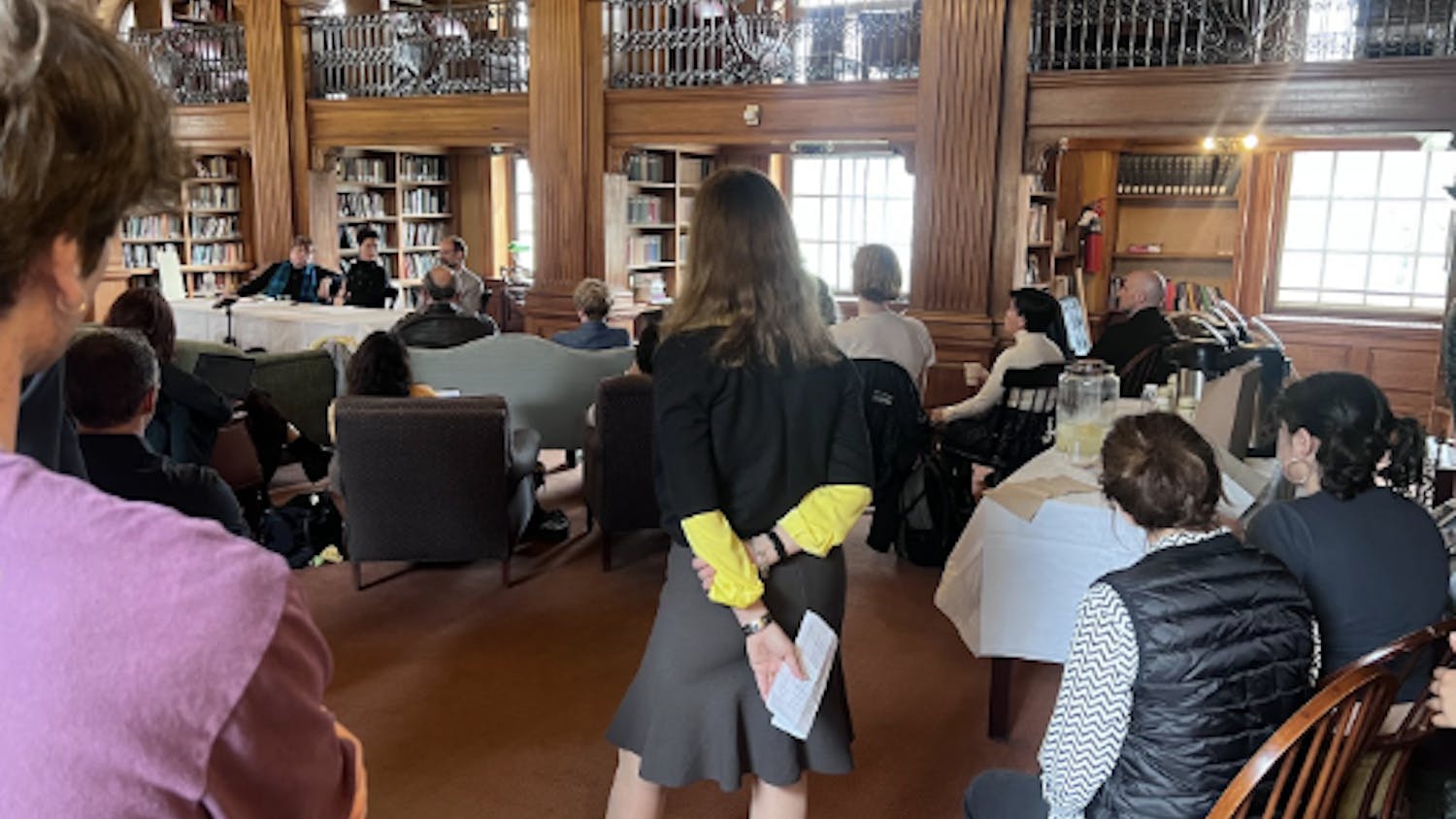Did you DIY that rug? Is that an upcycled quilt? Are those refashioned leg warmers you’re wearing? Did you get that idea from Pinterest? Did you buy those coasters off Etsy?
These are all hot questions nowadays. Thrift stores and recycled homemade materials are no longer taboo. According to social media, they are “in.” Who doesn’t want a pair of hand-knit socks made by some Argentine girl online or to learn via Pinterest how to make a DIY splatter paint muscle tank?
There has been an upward trend toward the crafty these days. A strong “why buy it when I can make it myself” mentality has been circulating among millenials, making its presence known from weddings to birthdays to baby showers to everyday items.
DIY used to be a way of making ends meet for some families — it used to be for the sustainable, for artisans of knitting and modgepodge. It has now morphed into a hobby for the millennial generation. Why has DIY become the fad that won’t die?
Articles noting the rise in DIY date back to 2009, marking it as a trend rather than a moment with a “long” history. So, in 2015, why am I still seeing middle class teenagers upcycling their clothes and posting buckets of Pinterest how-to articles on social media?
I don’t think the DIY fad is going to go out of fashion anytime soon — the fad has manifested itself as art of the everyday and of the amateur. Upon first glance, the rise in DIY popularity seems to be a good thing. People are putting in time and effort to make items, whether for themselves or as gifts for others. It’s good right? They’re making an effort to learn something new, and DIY is typically a sustainable practice so that’s good too...right?
Maybe not. Imagine you are an artisanal coaster maker. Now all of a sudden, a website posts articles about how to make cheap coasters at home. Your customers start to make their own coasters — why should they buy them when they can make them?
This is where things get complicated. When you can DIY, repurpose or upcycle just about anything, your first thought does not go to the small-town artisan who makes coasters for a living but to the big corporations you are undermining through your at-home coaster projects. Is there a way to tackle this side of the DIY world?
Maybe there is a happy balance of saving money, being sustainable and also supporting the individuals who craft with expertise. Maybe making your own jewelry if you genuinely love it is worthwhile, whereas making coasters just for the sake of making homemade coasters could be put on the back burner.
“The New Republic” published a piece on the rise of DIY culture which asserted that the DIY fad is a product of societal rejection of convenience. The longer something takes, the more valuable it is — a logical fallacy that leads consumers to try to hand-knit a scarf rather than buying one online. Maybe we are trying to overcompensate for our daily conveniences.
This furor over convenience has been combined with a lack of appreciation for expertise. In the past, DIY trends were mostly exclusive to people who exhibited some degree of craftiness. Now, “how-to” sites have introduced a culture of people who believe they can all be the next Martha Stewart. They have convinced our generation that we can do it all, even if it’s an activity that takes hours to perfect.
Even as flawed as the DIY fad is, there is some beauty to it. There is a certain charm to a necklace you made yourself or a coffee pot you sculpted for your mother’s birthday. I am not saying DIY is a bad thing or that it should disappear forever. I am just saying that DIY’s popularity is a little misplaced, and if you’re making a sweater by hand just to get credit for making it yourself, then you might be better off on Amazon — or, better yet, a mom-and-pop store. Or ake a sweater by hand to cultivate your knitting skills and work to produce increasingly better art forms.
In the meantime however, there are places dedicated to DIY on Dartmouth’s campus to which you should definitely pay a visit. Dartmouth’s Donald Claflin Jewelry Studio is located in the basement of the Hopkins Center and the Davidson Ceramics Studio is located just down the street towards the Connecticut River. Visit either studio and get some hands on DIY goodness for all the right reasons — out of love and curiosity of the craft.



